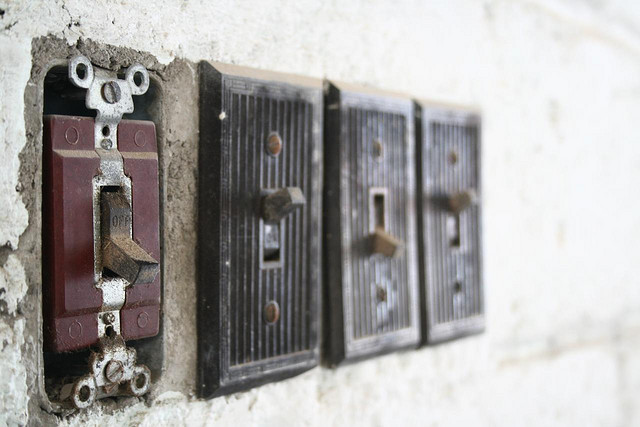
Quite isn’t a task on updating WordPress manually using FTP. You often noticed a notification in your admin area when WordPress comes to a stage where a new update is require running the whole of system smoothly. The updates can be a new minor release or sometimes a major one. While you can perform the task simply by doing so via WordPress admin area but sometimes it can’t be possible and you will found yourself in the situation where you have to resist on manual update with using an FTP client.
To Begin
- In order to proceed with manual doing, you have to first take a backup of whole of system.
- In case, if you don’t have any access to WordPress admin area, then you have to do this manually.
- Once you done with backup, you need to download a latest version copy of WordPress from the site WordPress.org.
- The downloaded file comes in zip archive, which you have to extract. In that zip archive file, you will notice on finding a folder named “wordpress.”
Uploading WordPress Using FTP (File Transfer Protocol)
- To begin, first connect your website using FTP client. We recommend on using Core FTP LE, if in case, you don’t already have a FTP client installed on your computer.
- Once connected, go to your website’s root directory and upload all the files inside “wordpress” folder from your computer to your website’s root directory.
- Since the similar set of files already installed in your computer, you will notice that you will be getting a message that the filename already exists in the target directory, please choose an option.
- All you have to do is to overwrite it and then the box “always use this action.”
Updating WordPress Database
- Remember with every new WordPress release, changes must come into WordPress database which means an update is required.
- On uploading of all the files to your website, all you have to is to go to WordPress admin area where you will see a note that you need to update database.
- Simply click on Update WordPress Database button and you are done, once WordPress will show you a success message once updation got completely.



